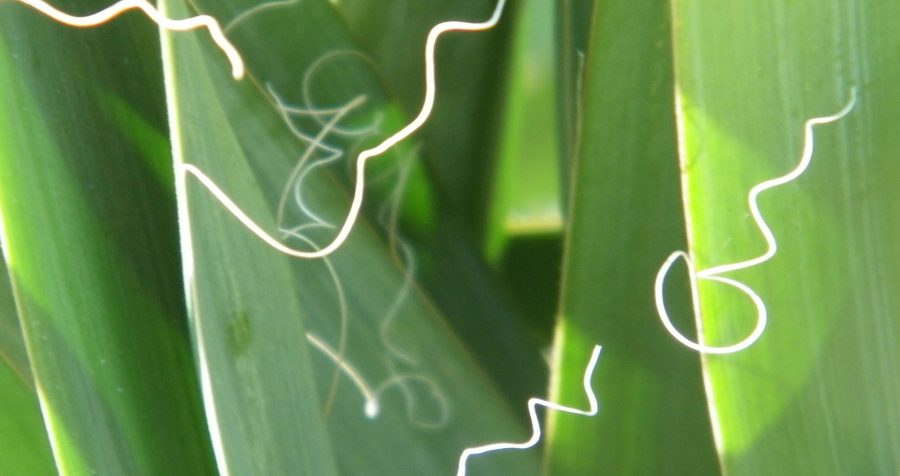1500 years ago, our Native American brothers had a vastly superior technology than ours today. They communicated by smoke signals with no phone bills. They traded, bartered, made wampum, no savings bank, no ponzi schemes, and no retirement. Don’t call their technology primitive. They had no landfills, no pollution, didn’t bottom out their source of nutrition. They didn’t have to go to a lumber yard to buy materials to build a shelter.No traffic jams, no air pollution, no junk yards, no assisted living. Their hobby was survival. Herbs became medicine and on and on.
The earliest people learned the old fashioned way…no internet, yes trial and error, yes to passing on their skills and knowledge to the next generation. This doesn’t sound like savage living to me. They observed their environment without having to look at a screen. They learned the physical properties of plants and animals and learned how to use them.
They found stones that could be chipped into arrow points. They found bushes that had straight stems and used them to make arrows. They found hickory trees and found them flexible enough to bend to make the skeleton for a wigwam and bows. Deer skin became clothing. They found tobacco, burned it, and as it rose, gave thanks for nature. They were not materialistic. If they wiped out a species, they’d have to move. They learned how to fish, build canoes, and weave baskets from vines.
Fast forward to today I had a recent experience that might parallel their process. I happened to accidentally break off a branch of a bald cypress tree. This is a rare tree here in Babylon but found in abundance in the bayous of Louisiana. I wanted to inspect the needles. I noticed that the bark split where the break occurred. I tried peeling off the bark. It came off easily and in long pieces. The bark didn’t break. With more experimentation, I scraped off the outer bark. What was left was a tough, flexible inner bark. I tied one in a knot. I’d accessed my Native brothers skills. I’d found a plant that could help me tie a wigwam structure. No lumber yard necessary.



